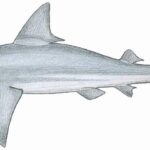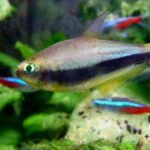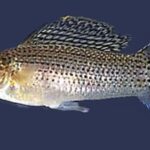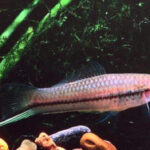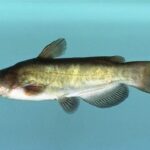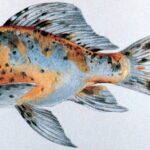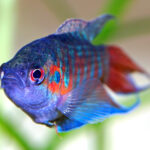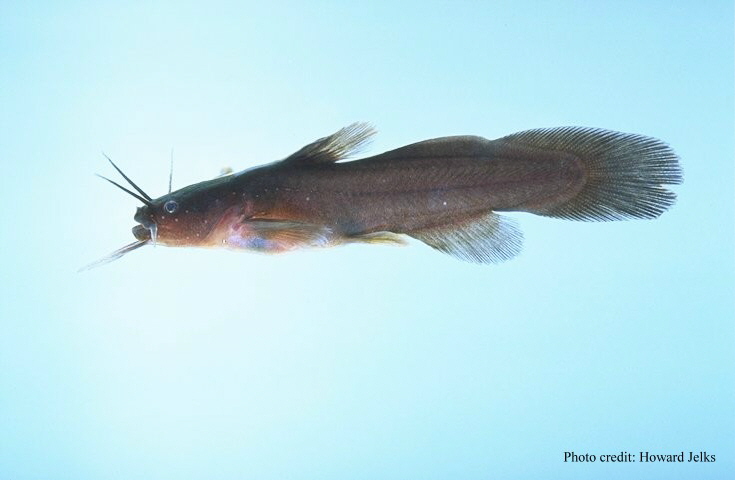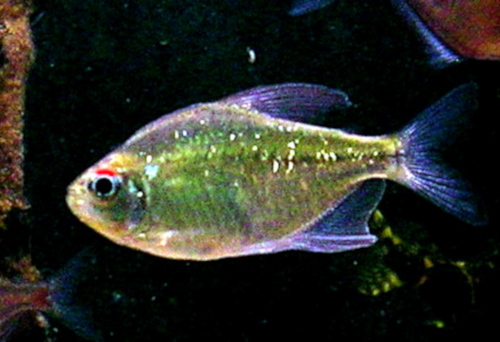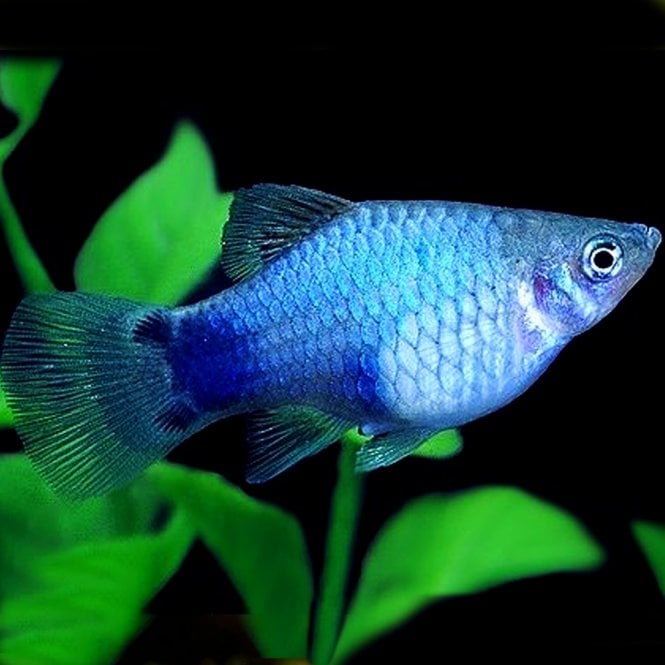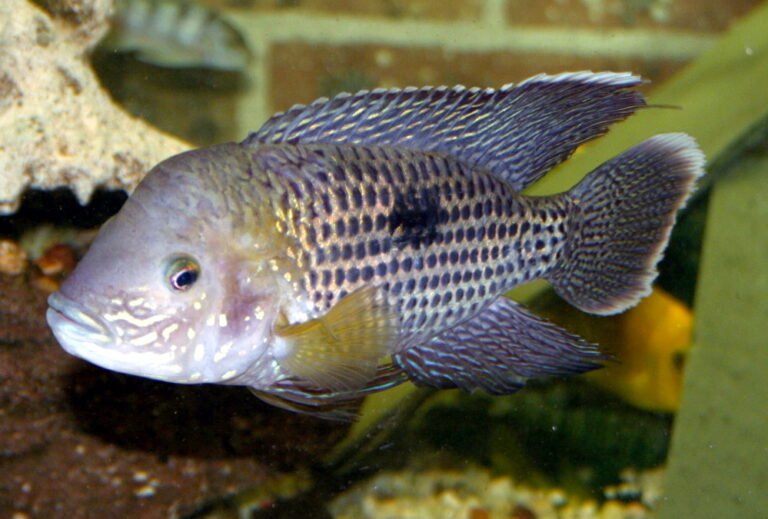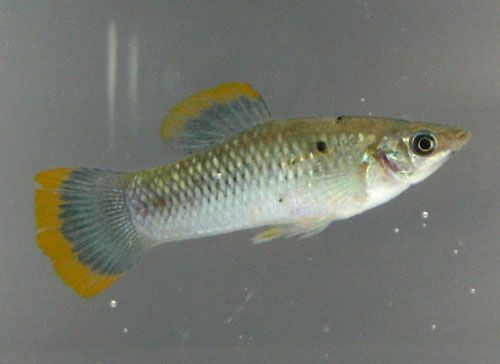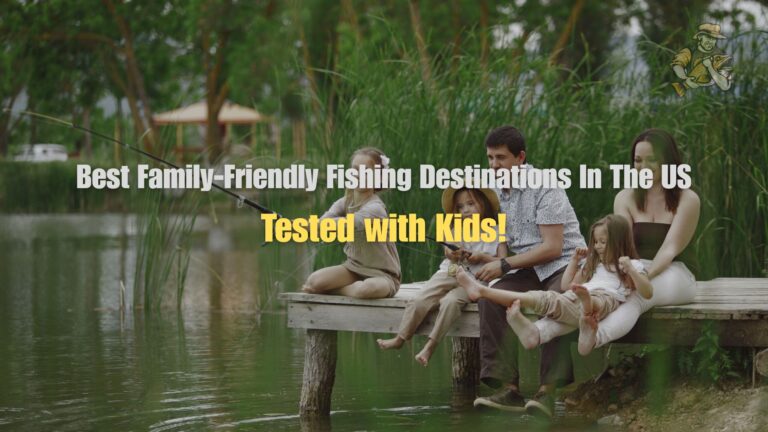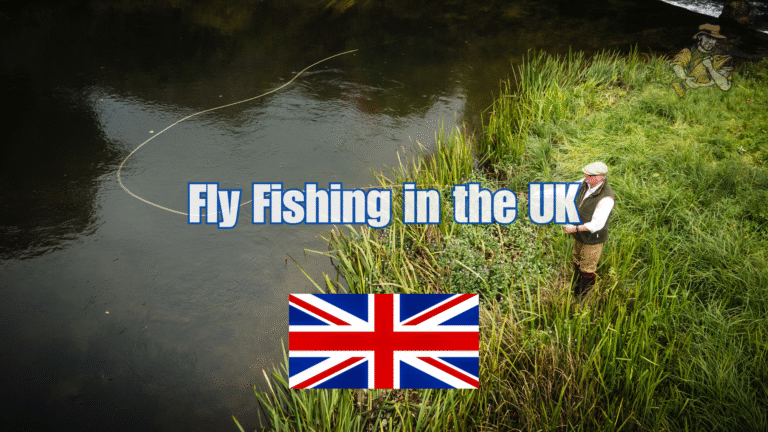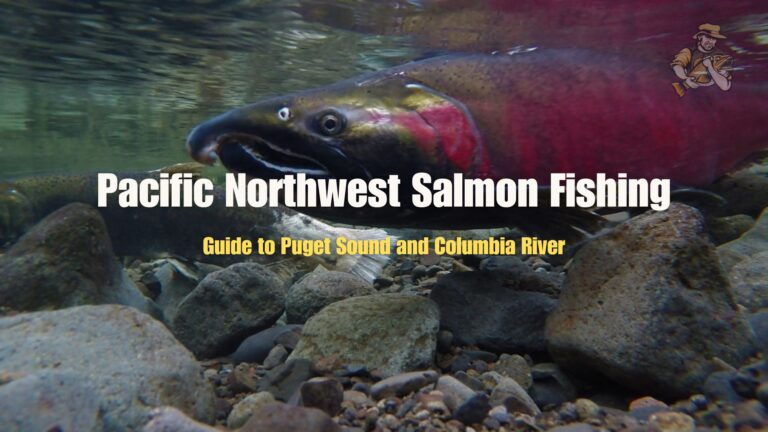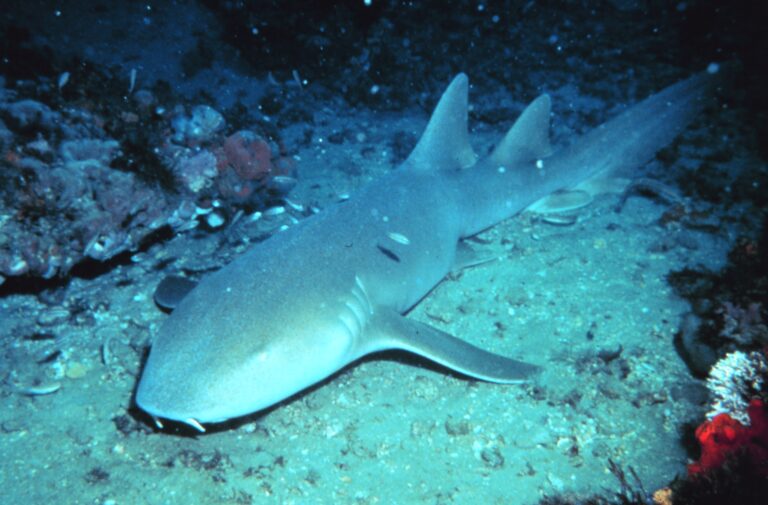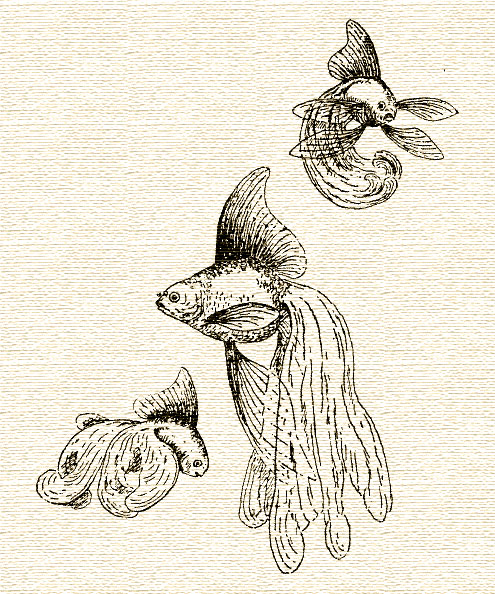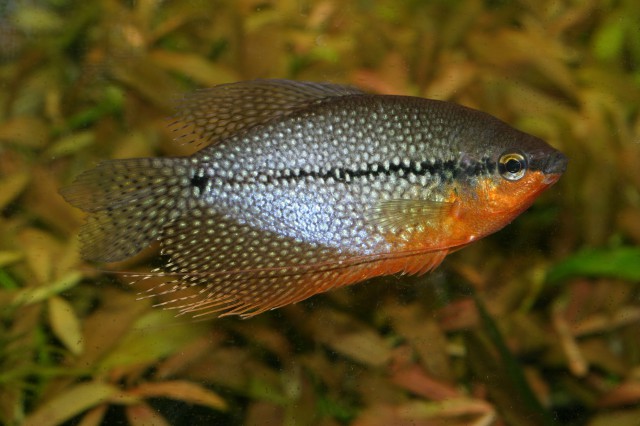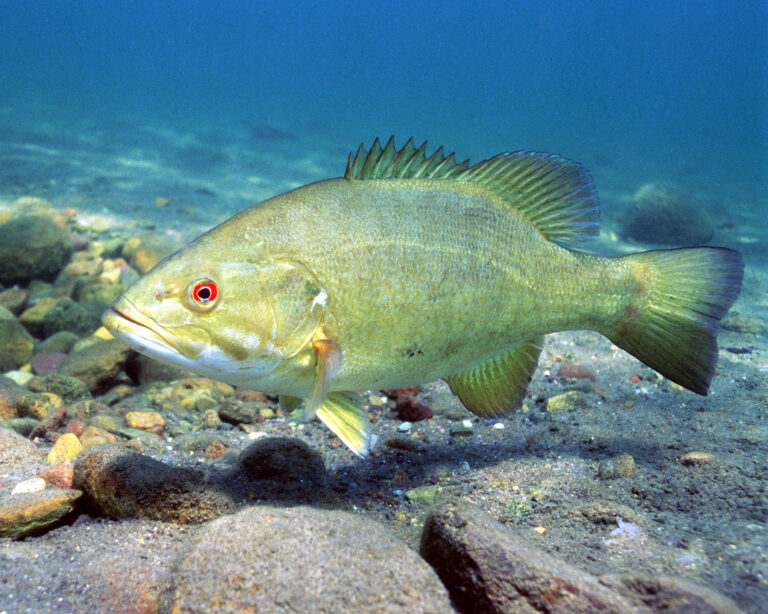White Catfish
By Ryan Maron | Last Modified: June 30, 2025
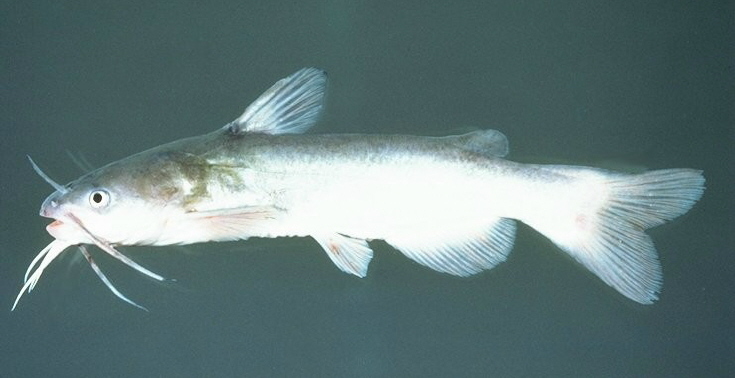
The White Catfish represents one of North America’s most adaptable freshwater species, serving as both an important commercial fish and a cornerstone species in countless aquatic ecosystems. Known scientifically as Ameiurus catus, this resilient catfish belongs to the family Ictaluridae and demonstrates remarkable ecological flexibility across diverse freshwater habitats. Unlike its more famous cousin, the Channel Catfish, the White Catfish maintains a more compact build while exhibiting superior salinity tolerance that allows it to thrive in brackish waters where other catfish species struggle.
The White Catfish plays a crucial ecological role as both predator and prey within freshwater food webs, helping control invertebrate populations while providing sustenance for larger predatory fish, birds, and mammals. Its bottom-dwelling behavior and opportunistic feeding habits make it an essential component in nutrient cycling processes, particularly in shallow coastal waters and river systems. Commercial and recreational anglers value this species for its excellent table fare and reliable availability throughout much of its range, contributing significantly to regional fishing economies along the Atlantic and Gulf coasts.
| Feature | Details |
|---|---|
| Common Name | White Catfish |
| Scientific Name | Ameiurus catus |
| Family | Ictaluridae |
| Typical Size | 20-40 cm (8-16 in), 0.5-2 kg (1-4 lbs) |
| Habitat | Freshwater rivers, lakes, brackish estuaries |
| Diet | Omnivorous bottom-feeder |
| Distribution | Eastern North America, Atlantic coastal plain |
| Conservation Status | Least Concern |
Taxonomy & Classification
The White Catfish belongs to the order Siluriformes and family Ictaluridae, representing one of seven recognized species within the genus Ameiurus. First described by Linnaeus in 1758, Ameiurus catus shares its genus with other prominent North American catfish including the Yellow Bullhead (A. natalis) and Brown Bullhead (A. nebulosus). Molecular phylogenetic studies have confirmed the White Catfish’s position as a distinct evolutionary lineage that diverged from its closest relatives approximately 10-15 million years ago during the Miocene epoch.
Within the Ictaluridae family, the White Catfish represents an intermediate form between the larger channel catfish and smaller bullhead species. Taxonomists recognize no formal subspecies of Ameiurus catus, though regional populations exhibit subtle morphological variations in fin ray counts and pigmentation patterns. The species name “catus” derives from Latin meaning “sharp” or “keen,” likely referring to the prominent pectoral and dorsal spines that characterize this species.
Recent genetic analysis has revealed interesting relationships between White Catfish populations across different river systems, suggesting periodic range expansions and contractions during Pleistocene glacial cycles. These studies indicate that current populations represent a relatively recent expansion from refuge areas in the southeastern United States, explaining the species’ remarkable genetic uniformity across its contemporary range.
Physical Description
The White Catfish exhibits a streamlined, fusiform body shape optimized for bottom-dwelling life in flowing waters. Adult specimens typically measure 20-40 centimeters in total length, though exceptional individuals may exceed 50 centimeters and weigh up to 4 kilograms. The species displays a distinctly forked tail fin with moderate indentation, distinguishing it from the more deeply forked tail of channel catfish and the nearly square tail of bullhead species.
Coloration varies considerably with habitat and water conditions, ranging from pale bluish-gray to dark olive-brown on the dorsum, gradually fading to white or cream on the ventral surface. The characteristic white or pale yellow belly provides the species’ common name and remains consistent across all age classes and populations. Juvenile White Catfish often display more pronounced mottling patterns that fade with maturity.
The head comprises approximately 25-30% of total body length and features a broad, flattened profile typical of benthic feeders. Four pairs of barbels surround the mouth, with the chin barbels typically reaching beyond the gill covers when folded back. The eyes are relatively small and positioned laterally, reflecting the species’ reliance on chemoreception and tactile sensing rather than vision for foraging activities.
Sharp, serrated spines arm both the dorsal and pectoral fins, capable of inflicting painful wounds when the fish is handled carelessly. These spines lock into an extended position when the fish is threatened, serving as an effective deterrent against predators. The adipose fin, characteristic of all catfish species, appears as a small, fleshy projection between the dorsal fin and tail.
Habitat & Distribution
White Catfish demonstrate remarkable habitat versatility, occupying diverse freshwater and brackish environments throughout their native range along the Atlantic coastal plain from New York to northern Florida. The species extends inland through major river systems including the Potomac, Susquehanna, and Delaware rivers, with established populations in associated tributaries and impoundments. Successful introductions have expanded their range westward into several Great Lakes tributaries and selected river systems in California.
These adaptable fish prefer slow-moving or still waters with soft substrates rich in organic matter, including river backwaters, oxbow lakes, farm ponds, and tidal creeks. Unlike many freshwater species, White Catfish tolerate salinity levels up to 15 parts per thousand, allowing them to utilize brackish estuarine habitats that remain inaccessible to most competitors. This salinity tolerance proves particularly advantageous in coastal river systems where tidal influence creates fluctuating salinity conditions.
Water temperature preferences range from 18-28°C during active feeding periods, though the species demonstrates remarkable thermal tolerance, surviving winter temperatures near freezing and summer peaks exceeding 32°C. Dissolved oxygen requirements remain relatively low compared to many game fish species, enabling White Catfish to thrive in eutrophic waters where other species experience stress. pH tolerance spans 6.0-8.5, accommodating both acidic coastal plain waters and more alkaline inland systems.
Preferred depths typically range from 1-10 meters, with adults showing strong preferences for areas with fallen timber, undercut banks, or other structural features that provide cover and concentrate prey organisms. During winter months, White Catfish often aggregate in deeper holes or channels where temperatures remain more stable.
Diet & Feeding Behavior
As opportunistic omnivores, White Catfish display remarkable dietary flexibility that contributes significantly to their ecological success across diverse habitats. Their feeding strategy centers on bottom-foraging behavior, using sensitive barbels to locate food items buried in sediment or hidden within aquatic vegetation. The species exhibits both diurnal and nocturnal feeding activity, with peak foraging typically occurring during dawn and dusk transitions when prey species become most active.
The diet composition varies seasonally and by habitat type, reflecting food availability and environmental conditions. Aquatic invertebrates form the dietary foundation, including chironomid larvae, mayfly nymphs, caddisfly larvae, amphipods, and freshwater mussels. During spring and early summer, emerging insects and their larvae comprise up to 60% of stomach contents in adult specimens. Crayfish and other crustaceans become increasingly important food sources in rocky or structured habitats where these prey species concentrate.
Plant material, including algae, detritus, and seeds, supplements the diet particularly during late summer and fall when invertebrate abundance declines. Small fish, including juvenile sunfish, minnows, and even smaller catfish, contribute to the diet of larger individuals, though piscivory rarely exceeds 20% of total food intake. This diverse feeding strategy allows White Catfish to exploit multiple trophic levels and maintain stable populations even when specific prey species experience population fluctuations.
Foraging behavior involves systematic bottom-searching using the barbels to detect chemical and tactile cues. The subterminal mouth position and protrusible premaxilla enable efficient extraction of prey from crevices and soft substrates. During periods of high water or increased turbidity, White Catfish actually increase feeding activity, taking advantage of disoriented prey and reduced competition from sight-feeding predators.
Behavior & Adaptations
White Catfish exhibit complex behavioral adaptations that reflect their evolutionary success in variable aquatic environments. Social behavior varies by life stage and season, with juveniles often forming loose aggregations in shallow, protected areas while adults maintain more solitary lifestyles except during reproductive periods. These fish demonstrate strong site fidelity, often returning to preferred feeding and resting areas within established home ranges that may span several hundred meters of river or lake habitat.
Sensory adaptations play crucial roles in White Catfish behavior and survival. The lateral line system provides exceptional mechanoreception capabilities, detecting water movement and pressure changes that indicate approaching predators or struggling prey. Chemoreception through barbels and taste buds distributed across the body surface enables detection of food items and chemical cues even in turbid water conditions where visual feeding becomes impossible.
Territorial behavior emerges primarily during spawning season when males establish and defend nesting sites. Outside reproductive periods, White Catfish generally exhibit peaceful coexistence with conspecifics and other bottom-dwelling species, though competition for prime habitat features like deep holes or structured cover can result in displacement behaviors. Larger individuals typically dominate preferred microhabitats through subtle aggressive displays rather than direct confrontation.
Stress response mechanisms include rapid color darkening, fin erection with spine deployment, and secretion of alarm pheromones that warn nearby conspecifics of danger. When captured or handled, White Catfish produce distinctive grunting vocalizations created by grinding pharyngeal teeth and amplified by the swim bladder. This acoustic communication system also functions in species recognition and reproductive behavior.
Seasonal movement patterns often involve migrations between deeper winter refugia and shallow summer feeding areas. In tidal systems, some populations exhibit daily movements in response to tidal cycles, moving into flooded vegetation during high tides to exploit terrestrial insects and other food resources unavailable during low tide periods.
Reproduction & Life Cycle
White Catfish reproduction follows a distinctive pattern typical of temperate ictalurid species, with spawning activities triggered by rising water temperatures and increasing day length during late spring and early summer months. Sexual maturity occurs at 2-3 years of age when individuals reach approximately 15-20 centimeters in total length, though females typically mature slightly later and at larger sizes than males.
Spawning commences when water temperatures stabilize between 21-26°C, usually occurring from May through July across most of the species’ range. Males initiate reproductive behavior by establishing territories in shallow areas with suitable nesting substrate, preferring sites with overhanging vegetation, undercut banks, or natural cavities that provide protection for developing eggs and larvae. Nest construction involves careful excavation of circular depressions 30-60 centimeters in diameter and 10-15 centimeters deep.
Courtship behavior includes elaborate displays where males use pectoral fins to create water currents that attract females to nest sites. Once a female accepts a nest site, she deposits 2,000-8,000 adhesive eggs in a compact mass within the prepared depression. Larger females produce significantly more eggs, with fecundity positively correlated to body size and nutritional condition. The cream-colored eggs measure approximately 3-4 millimeters in diameter and adhere to substrate particles and vegetation within the nest.
Parental care represents one of the most remarkable aspects of White Catfish reproduction, with males providing exclusive nest guarding and offspring protection duties. Males fan eggs continuously to ensure adequate oxygenation and remove fungal growth or debris that threatens egg survival. Incubation lasts 5-10 days depending on water temperature, with optimal development occurring at 24-26°C.
Upon hatching, larvae remain in the nest for an additional 3-5 days while absorbing yolk reserves before beginning active swimming and feeding. The male continues guarding the school of fry for 2-4 weeks, aggressively defending them against predators and guiding them to productive feeding areas. During this period, fry grow rapidly from 8-10 millimeters at hatching to 25-35 millimeters when parental care ceases.
Juvenile development progresses through several distinct phases, with fish reaching 8-12 centimeters by their first winter. Growth rates vary considerably with habitat quality and population density, but young White Catfish typically achieve adult size and reproductive maturity within 2-3 years under favorable conditions.
Predators & Threats
White Catfish face predation pressure throughout their life cycle, though the severity and diversity of threats change dramatically as fish mature. Eggs and larvae experience the highest mortality rates, with numerous aquatic predators exploiting this vulnerable life stage. Sunfish species, particularly bluegill and largemouth bass, pose significant threats to White Catfish nests despite aggressive male guarding behavior. Crayfish, aquatic insects, and other invertebrates consume eggs and newly hatched larvae when adult males are temporarily absent from nest sites.
Juvenile White Catfish encounter predation from a broad spectrum of aquatic and terrestrial predators. Large game fish including striped bass, northern pike, and adult catfish readily consume small White Catfish, while wading birds such as great blue herons and egrets capture juveniles in shallow water habitats. Snapping turtles, water snakes, and diving ducks contribute additional predation pressure in specific habitat types.
Adult White Catfish enjoy relative safety from most aquatic predators due to their size, defensive spines, and cryptic behavior patterns. However, large piscivorous birds including ospreys, bald eagles, and cormorants occasionally capture adult specimens, particularly during spawning aggregations when fish become more vulnerable to aerial predation. Human activities represent the most significant threat to adult populations through both direct harvest and habitat modification.
Habitat degradation poses increasingly serious challenges to White Catfish populations across their range. Urban development, agricultural runoff, and industrial pollution reduce water quality and eliminate critical spawning and nursery habitats. Dam construction fragments river systems and alters natural flow regimes that White Catfish require for successful reproduction. Channelization projects destroy the structural complexity that these fish need for feeding and shelter.
Climate change presents emerging threats through altered precipitation patterns, increased storm intensity, and rising temperatures that may exceed thermal tolerance limits during summer months. Ocean acidification and sea level rise affect brackish water habitats where many coastal populations reside, potentially forcing range shifts or local extinctions in vulnerable areas.
Invasive species competition has intensified in many watersheds where non-native catfish species and other bottom-dwelling fish compete for limited resources. Blue catfish introductions have proven particularly problematic in some river systems, as these larger, more aggressive species can displace White Catfish from preferred habitats.
Conservation Status
The International Union for Conservation of Nature (IUCN) currently classifies the White Catfish as “Least Concern” based on stable population trends and broad geographic distribution across its native range. However, this overall assessment masks significant regional variations in population status and emerging conservation challenges that warrant continued monitoring and management attention.
Population assessments conducted by state fisheries agencies indicate stable or increasing trends in most core habitat areas, particularly within large river systems and coastal regions where habitat quality remains high. Successful natural reproduction continues throughout the majority of the species’ range, with recruitment rates generally adequate to sustain fishable populations. Several states, including Maryland, Virginia, and North Carolina, report healthy White Catfish populations that support both commercial and recreational fisheries.
Regional conservation concerns exist in peripheral areas where habitat degradation and water quality impairment threaten local populations. The species has experienced documented declines in heavily urbanized watersheds where stormwater runoff, stream channelization, and point-source pollution have degraded aquatic habitats. Some northern populations near the range limit show increased vulnerability to climate variability and extreme weather events.
FishBase population data suggests that introduced populations outside the native range generally perform well, indicating robust ecological adaptability. California populations established through introductions have developed into self-sustaining fisheries, though careful monitoring continues to assess potential impacts on native fish communities.
Management strategies focus primarily on habitat protection and restoration rather than direct population interventions. Riparian buffer establishment, wetland restoration, and improved stormwater management practices benefit White Catfish populations while supporting broader ecosystem health objectives. Fish passage projects that restore connectivity in fragmented river systems have proven particularly effective for maintaining genetic diversity and enabling natural population fluctuations.
Research priorities include long-term population monitoring, climate change vulnerability assessments, and evaluation of cumulative impacts from multiple stressors. Collaborative efforts between state agencies, universities, and conservation organizations continue advancing our understanding of White Catfish ecology and conservation needs.
Human Interaction
White Catfish support significant recreational and commercial fishing opportunities throughout their range, contributing to local economies and providing important cultural connections between communities and aquatic resources. Recreational anglers prize these fish for their excellent table quality, reliable catchability, and accessibility from shore-based fishing locations. The species responds well to traditional catfish angling methods including bottom fishing with natural baits, making it particularly popular among novice anglers and families seeking consistent fishing success.
Commercial harvest occurs primarily in tidal rivers and estuarine systems where White Catfish aggregate in predictable locations during spawning migrations. Virginia, Maryland, and North Carolina maintain active commercial fisheries that contribute to regional seafood markets, though harvest levels remain modest compared to other commercial catfish species. Market demand focuses on fresh whole fish and fillets sold through local and regional distribution networks.
Aquaculture potential exists but remains largely undeveloped compared to channel catfish farming operations. White Catfish demonstrate suitable growth rates and feed conversion efficiency under controlled conditions, though their smaller adult size and niche market appeal limit commercial farming interest. Some specialized aquaculture operations produce White Catfish for pond stocking and fee-fishing enterprises.
The species plays important roles in aquatic ecosystem management and restoration projects. Natural reproduction capabilities and habitat flexibility make White Catfish valuable for establishing fish communities in restored wetlands and constructed treatment systems. Their bottom-feeding behavior contributes to nutrient cycling and sediment processing in these managed environments.
Educational value stems from the species’ accessibility and distinctive characteristics that facilitate hands-on learning about freshwater ecology. Many educational institutions and nature centers use White Catfish in aquarium displays and field study programs that demonstrate adaptation, behavior, and ecological relationships. The species’ tolerance for handling and distinctive features make it excellent for public outreach and environmental education initiatives.
Research applications continue expanding as scientists investigate physiological adaptations, genetic diversity, and ecological interactions. White Catfish serve as model organisms for studying salinity tolerance, parental care behavior, and habitat restoration outcomes. Their sensitivity to water quality changes makes them useful bioindicators for ecosystem health assessments.
Interesting Facts
White Catfish possess several remarkable biological and ecological characteristics that distinguish them from related species and highlight their evolutionary adaptations. Perhaps most notably, they can survive in saltwater concentrations up to 15 parts per thousand, an exceptional ability among North American freshwater catfish that allows them to exploit brackish environments largely unavailable to competitors. This salinity tolerance results from specialized gill structures and kidney functions that efficiently regulate ion balance across varying salinity gradients.
The species demonstrates extraordinary longevity potential, with documented specimens reaching 14-16 years of age in optimal habitats. Growth continues throughout life, though rates slow considerably after sexual maturity. The oldest recorded White Catfish weighed nearly 5 kilograms and measured over 55 centimeters in length, dimensions that significantly exceed typical adult sizes and demonstrate the species’ growth potential under favorable conditions.
Acoustic communication abilities extend beyond simple alarm calls to include complex reproductive vocalizations. Males produce distinctive drumming sounds during courtship by rapidly contracting specialized muscles connected to the swim bladder. These sounds travel considerable distances underwater and help females locate spawning territories in turbid conditions where visual cues prove inadequate.
Temperature tolerance ranges exceed those of most temperate freshwater species, with White Catfish surviving near-freezing conditions during winter months and temperatures exceeding 35°C during summer heat waves. This thermal adaptability contributes significantly to their broad geographic distribution and habitat versatility. During extreme temperature events, metabolic rate adjustments allow extended survival periods with minimal food intake.
Homing behavior studies have revealed sophisticated navigation abilities that enable White Catfish to return to specific locations after displacement distances exceeding several kilometers. Researchers believe this navigation system combines chemical trail following, magnetic field detection, and celestial orientation mechanisms similar to those employed by migratory fish species.
The species exhibits remarkable wound healing and spine regeneration capabilities that support survival in predator-rich environments. Damaged fins and barbels regrow completely within several weeks, while spine injuries heal rapidly without permanent impairment of defensive capabilities. This regenerative capacity proves particularly valuable given the frequent aggressive encounters during territorial disputes and spawning activities.
White Catfish demonstrate unusual feeding adaptations including the ability to locate and consume burrowing invertebrates by detecting bio-electric fields generated by prey organisms. This electro-sensory capability, while less developed than in marine rays and sharks, provides additional foraging advantages in muddy substrates where other sensory modalities prove less effective.
Frequently Asked Questions
How can I distinguish White Catfish from other catfish species?
White Catfish are most easily identified by their distinctly forked tail fin and pale white or cream-colored belly that extends well up the sides. Unlike channel catfish, which have deeply forked tails and scattered dark spots, White Catfish display more moderate tail forking and uniform coloration. They differ from bullheads by having a forked rather than square or slightly rounded tail fin, and their barbels are typically longer and more prominent than those of bullhead species.
What is the best bait for catching White Catfish?
White Catfish respond well to a variety of natural baits including earthworms, chicken liver, cut fish, and commercial stink baits. Fresh or slightly aged baits often outperform heavily processed options, as White Catfish rely heavily on scent detection for locating food. Crayfish tails, blood worms, and small minnows prove particularly effective in flowing water environments. The key is using baits that create strong scent trails in the water column.
Can White Catfish survive in saltwater environments?
While White Catfish cannot survive in full-strength seawater, they demonstrate remarkable tolerance for brackish conditions with salinity levels up to 15 parts per thousand. This adaptation allows them to thrive in tidal rivers, coastal impoundments, and estuarine environments where saltwater intrusion occurs. This salinity tolerance exceeds that of most other North American freshwater catfish species and represents a significant ecological advantage in coastal habitats.
What size do White Catfish typically reach?
Most White Catfish caught by anglers measure 8-16 inches in length and weigh 1-4 pounds, though exceptional specimens can exceed 20 inches and weigh up to 8-9 pounds. Growth rates vary considerably based on habitat quality, population density, and available food resources. Fish in optimal environments with abundant prey and minimal competition tend to achieve larger sizes and faster growth rates compared to those in marginal habitats.
Conclusion
The White Catfish stands as a testament to evolutionary adaptability and ecological success, demonstrating remarkable resilience across diverse freshwater and brackish environments throughout eastern North America. Its unique combination of salinity tolerance, omnivorous feeding behavior, and strong parental care has enabled this species to maintain stable populations while many other native fish face increasing conservation challenges. As both an important recreational fishery species and a critical component of aquatic food webs, the White Catfish continues to play vital ecological and economic roles that warrant continued research, monitoring, and habitat protection efforts to ensure its long-term sustainability.
Share The Article:
More Fish Species:
-
Tadpole Madtom
The Tadpole Madtom (Noturus gyrinus) represents one of North America’s smallest and most elusive catfish species, playing a crucial…
-
Diamond Tetra
The Diamond Tetra (Moenkhausia pittieri) stands as one of the most captivating freshwater fish species in the aquarium trade…
-
Blue Platy
The Blue Platy (Xiphophorus maculatus) stands as one of the most recognizable and culturally significant freshwater fish species in…
-
Green Terror Cichlid
The Green Terror Cichlid stands as one of South America’s most formidable and visually striking freshwater fish species, commanding…
-
Gold Dust Molly
The Gold Dust Molly (*Poecilia sphenops*) represents one of the most popular and visually striking freshwater aquarium fish available…
-
Endlers Livebearer
The Endlers Livebearer (Poecilia wingei) stands as one of the most captivating freshwater fish species in the aquarium trade…
Discover
-
7 Best Family-Friendly Fishing Destinations in the U.S. (Tested with Kids!)
I still remember the first time I took my son Tommy fishing. He was five, armed with a Spider-Man…
-
Fly Fishing in the UK: Top Rivers and Seasonal Patterns
After nearly three decades casting flies across waters from Michigan to Maine – and now spending several weeks each…
-
Best Fishing Line for Bass in 2025: What Actually Works
I still remember the day I lost that monster largemouth on Lake St. Clair back in 2019. The fish…
-
Pacific Northwest Salmon Fishing: Guide to Puget Sound and Columbia River
There’s something almost magical about the way Pacific Northwest salmon fight on the end of your line. I still…
-
Nurse Shark
The Nurse Shark (Ginglymostoma cirratum) stands as one of the most recognizable and ecologically significant bottom-dwelling sharks in tropical…
-
Master Deep Ocean Fishing: Proven Methods for Massive Catches
There’s something almost magical about heading far offshore, where the continental shelf drops away and you’re floating above thousands…
Discover
-
Veiltail Goldfish
The Veiltail Goldfish stands as one of the most distinctive and graceful varieties within the goldfish family, renowned for…
-
Pearl Gourami
The Pearl Gourami stands as one of the most recognizable and ecologically significant members of the labyrinth fish family,…
-
Smallmouth Bass
The Smallmouth Bass represents one of North America’s most prized freshwater game fish, combining impressive fighting ability with remarkable…
-
Utah Fishing License Guide: Costs, Requirements & Hidden Tips for 2025
When I first planned a fishing trip to Utah’s beautiful waters about a decade ago, figuring out the licensing…
-
History of Fly Fishing: Ancient Origins to Modern Mastery
The gentle art of fly fishing has captivated anglers for centuries, evolving from a practical method of obtaining food…
-
Fishing Tips for Beginners: An Expert Guide to Your First Successful Catch
Getting started with fishing can feel overwhelming. Trust me, I’ve been there – staring at walls of equipment, trying…


